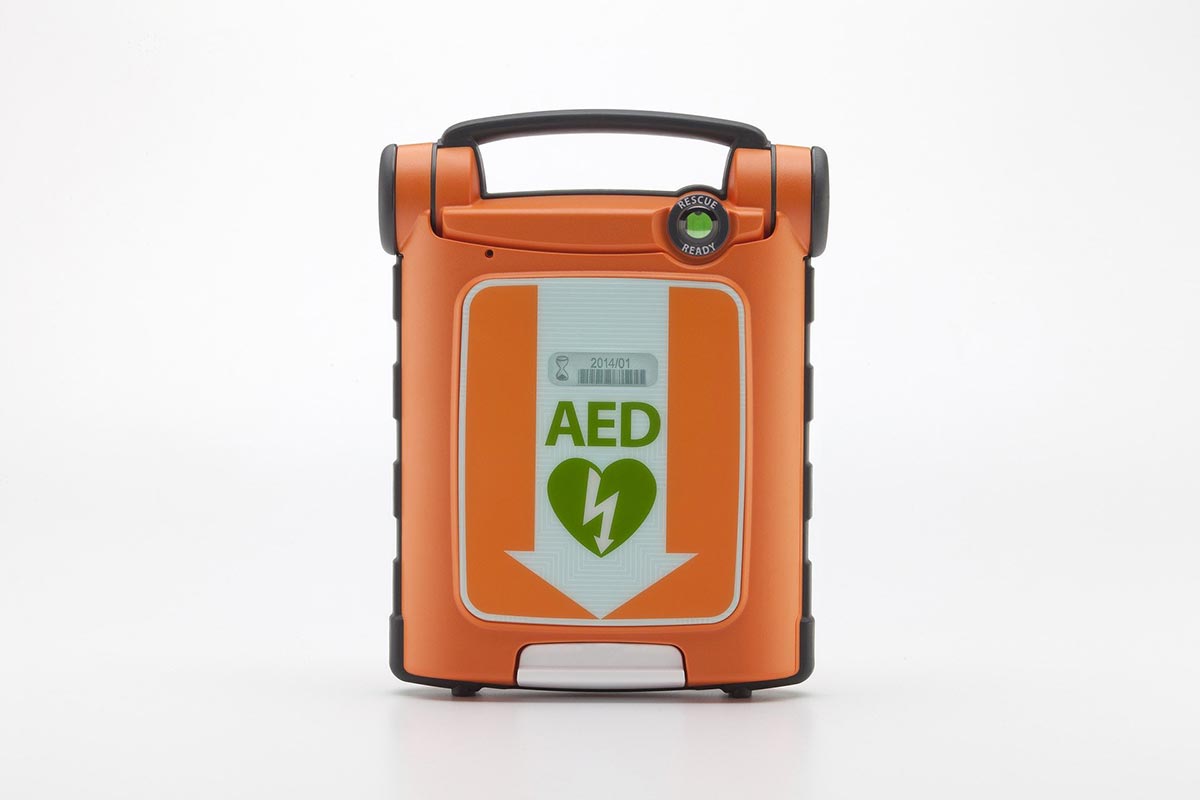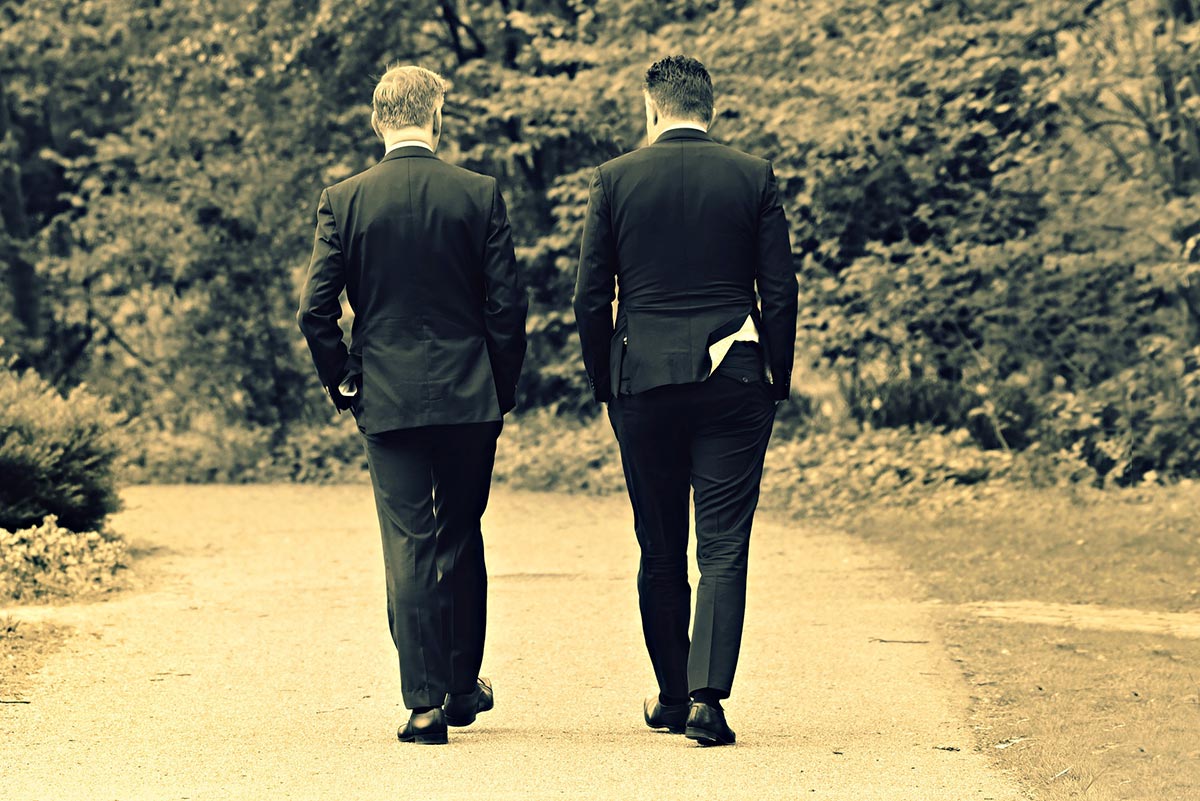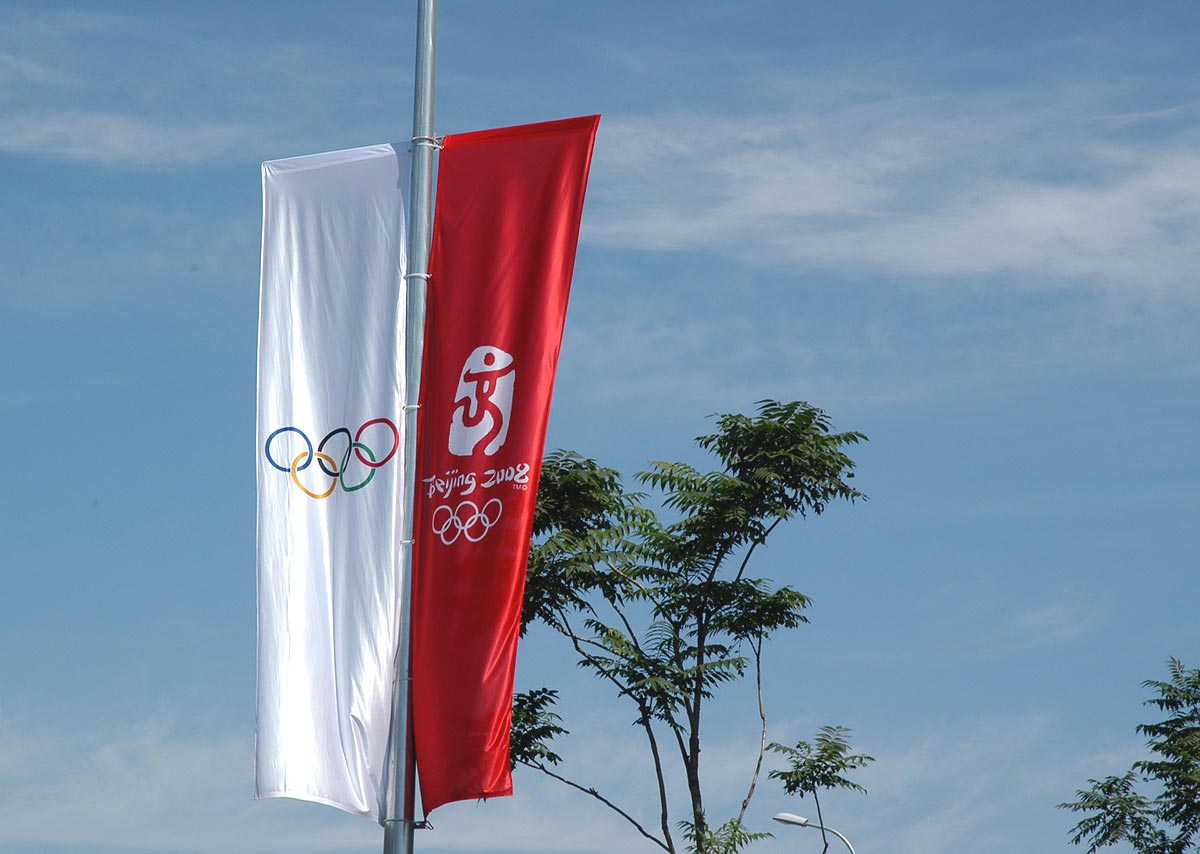Each year, coronary heart disease claims the lives of over 300,000 individuals in the United States, often due to sudden cardiac arrest. Most of these deaths are caused by ventricular fibrillation, an abnormal heart rhythm that disrupts the heart’s ability to pump blood effectively. The good news is that defibrillation, a technique that restores a coordinated heartbeat, significantly increases survival chances. The advent of Automatic External Defibrillators (AEDs) has transformed emergency care by making this life-saving intervention accessible and efficient.
The Vital Role of AEDs in Emergency Care
AEDs are a crucial link in the American Heart Association’s "Chain of Survival," following the activation of emergency medical services (EMS) and the administration of cardiopulmonary resuscitation (CPR). These devices are designed to identify life-threatening arrhythmias and deliver an electrical shock to restore normal sinus rhythm. The simplicity and effectiveness of AEDs make them indispensable tools in responding to cardiac emergencies, especially in public settings where medical professionals may not be immediately available.
Every Second Counts: The Importance of Timely Intervention
When cardiac arrest strikes, time becomes a critical factor. According to the American Heart Association, and the National Library of Medicine "The AED in Resuscitation": It is Not Just about the Shock emergency response teams typically arrive within 10 to 12 minutes of a 911 call. However, for each minute that passes without intervention, the likelihood of survival decreases by 7% to 10%. Early CPR combined with the use of an AED can dramatically improve survival rates, underscoring the need for widespread accessibility and training in AED use.
Advancements in AED Technology
Modern AEDs are compact, portable devices, weighing as little as 4 to 7 pounds. This portability has facilitated their integration into various public spaces, including airports, gyms, schools, and workplaces. With over a quarter-million AEDs in use across the United States, their availability continues to grow, making life-saving technology more accessible to everyday individuals. Additionally, the cost of AEDs has decreased significantly, with some models now priced under $1,300, making them more affordable for institutions and even private homes.
Sudden Cardiac Arrest: A Universal Threat
Sudden cardiac arrest (SCA) is an unpredictable condition that can strike anyone, anywhere, at any time. While certain risk factors increase susceptibility, SCA often occurs without warning. Physical stress, underlying heart conditions, or genetic predispositions can all trigger cardiac arrest. For this reason, mandatory AED training for fitness professionals, educators, and other individuals in public-facing roles is increasingly being advocated to enhance emergency preparedness.
AEDs in Public Policy and Legislation
The implementation of AEDs in public spaces has gained significant legislative support. In the United States, states like Illinois, Maryland, and New York have mandated the presence of AEDs in health and fitness facilities. Similar legislation is under consideration in several other states. Over time, AEDs are expected to become as ubiquitous as fire extinguishers, ensuring that life-saving interventions are always within reach during emergencies.
Simplified Training and Accessibility
One of the most remarkable features of AEDs is their user-friendly design. These devices guide users through every step of the process, making them accessible even to individuals with minimal training. Many training programs now include AED operation as a standard component, emphasizing that anyone—regardless of age or medical background—can play a vital role in saving lives. This simplicity ensures that the benefits of AEDs extend beyond medical professionals to everyday heroes.
Expanding the Role of AEDs in Homes
While AEDs are commonly associated with public spaces, their use in private homes is gaining traction. With approximately 70% of cardiac arrests occurring at home, at-home AED models are becoming an essential tool for family emergency preparedness. As awareness grows and costs decrease, more households are expected to adopt AEDs, empowering individuals to respond effectively to emergencies in their most immediate environment.
Future Prospects for AED Integration
The future of AED accessibility looks promising, with advancements in technology and increased public awareness driving their adoption. Initiatives to incorporate AEDs into schools, community centers, and workplaces are already underway, supported by training programs that ensure readiness across all demographics. The combination of innovation, education, and legislative support is poised to make AEDs a cornerstone of emergency response in the years to come.













